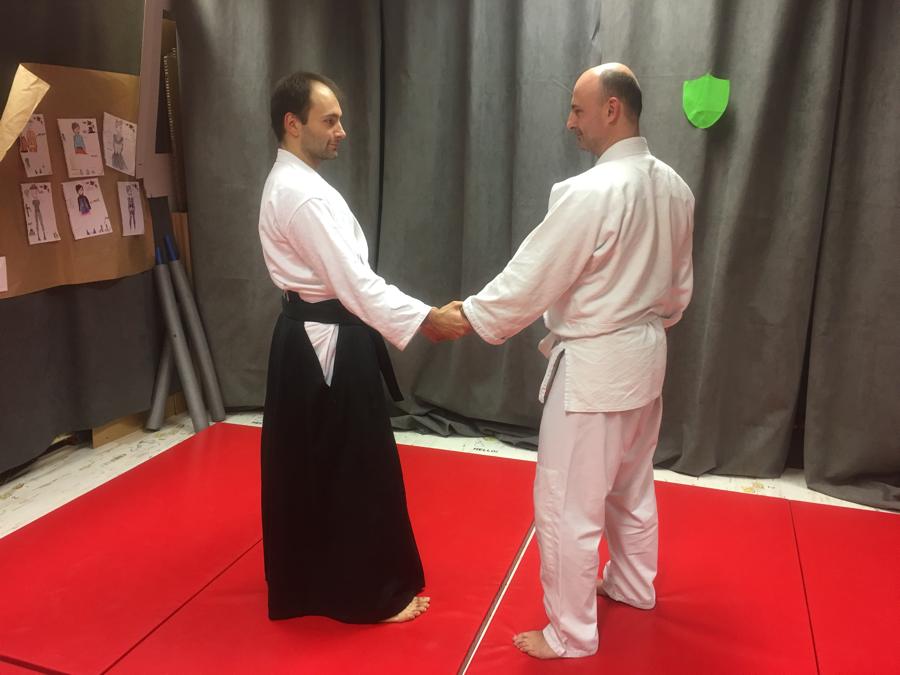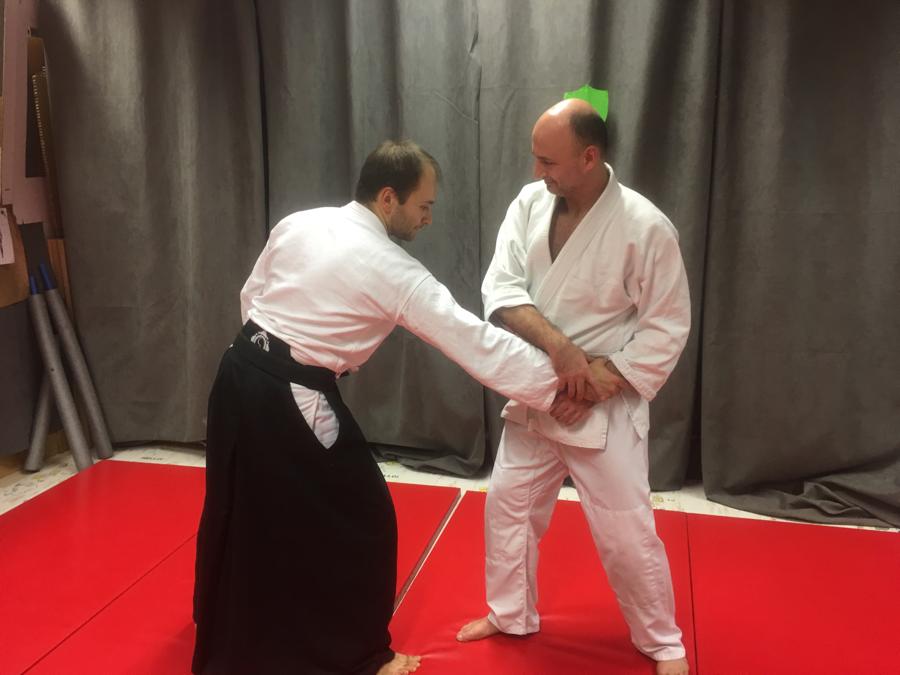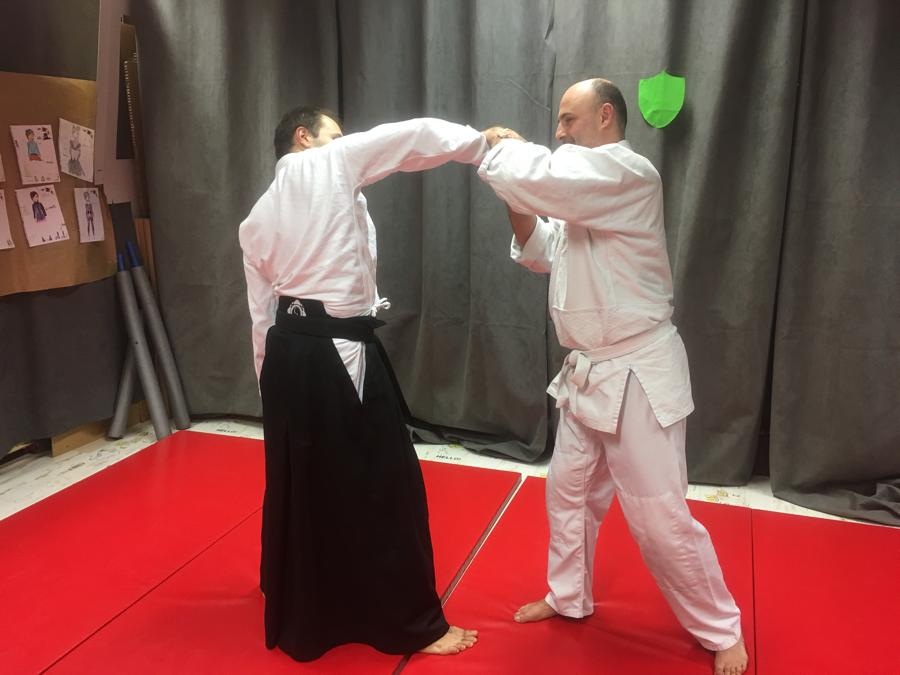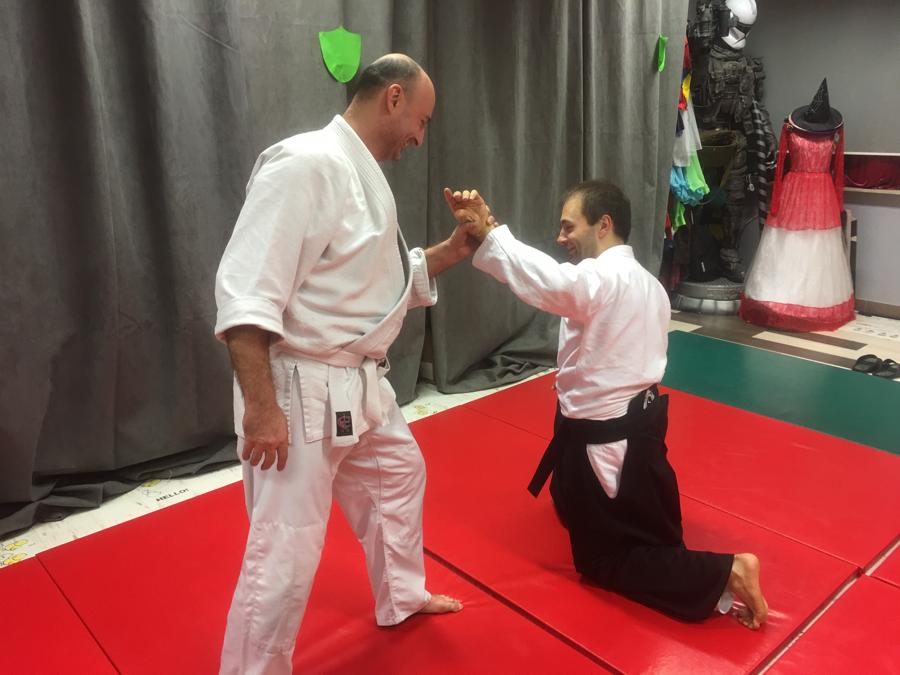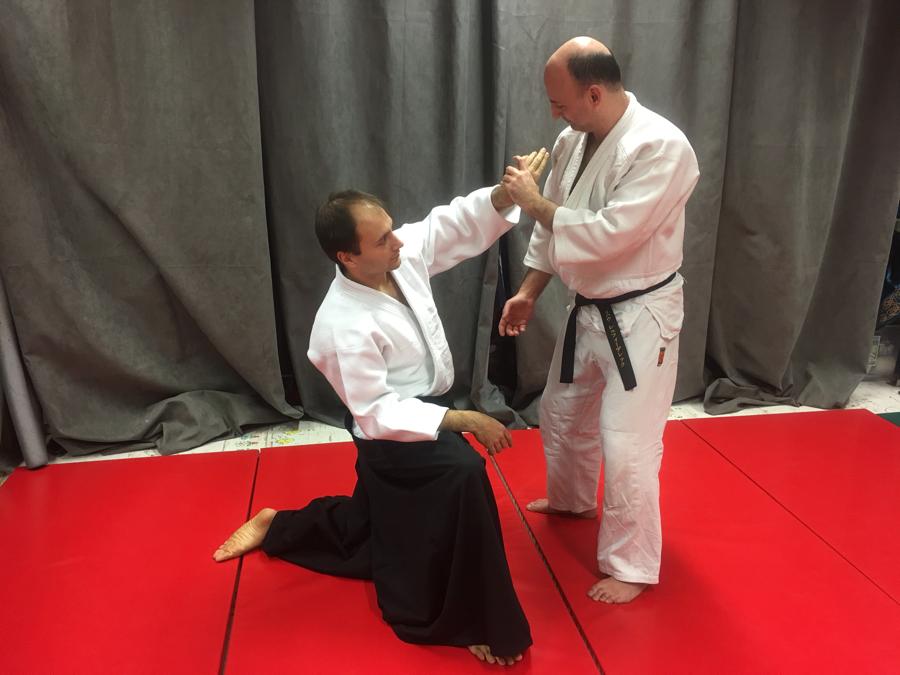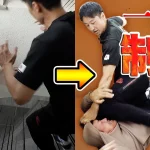What is Kuden?
Since many Bujutsu (fighting systems) were established in Japan, teachers have used Kuden to transfer the special deep knowledge to their selected students, such as their successors. The Japanese word Kuden is translated as “verbally transferred knowledge”. For every Ryuha (style) they had special knowledge for almost all techniques and they did not leave this knowledge in writing to keep this knowledge confidential. The teachers taught this knowledge verbally, only to the selected students whom they thought they could trust. In this way they tried to keep the purity of their Ryuha and transfer it to future generation.
No.7 Releasing the shoulder as a mean to escape from Gyakute Tori (逆手取り)
In Jujutsu, Gyakute Tori is one of the most popular and basic techniques. Gyakute Tori has two directions—from inside to outside (in-to-out), which is used for Kote Kaeshi (小手返し), and is frequently used in Aikido—and another one, from outside to inside (out-to-in). If Tori applies out-to-in Gyakute Tori, he has to push Uke’s elbow. For instance, keeping the left elbow down by Tori’s right hand until Uke falls down completely to the floor. In this way Tori can control Uke. There is another case that Tori keeps Gyakute at mid height and tries to control Uke without pushing him down on floor. In this case Uke can escape from Gyakute Tori by releasing his left shoulder.
Here I would like to explain the way to escape from Gyakute Tori in the case of C. I intend to show how to escape from an out-to-in Gyakute Tori so that people can realize how this out-to-in Gyakute Tori should be performed correctly to prevent escaping.
Gyakute Tori —-
In-to-out Throw Uke by Kote Kaeshi case A
Out-to-in Take Uke down the the floor and pin him to control case B
Control Uke without taking down and control case C
Wrong example, as Uke escapes from out-to-in Gyakute Tori case C
(1)Uke holds Tori’s left wrist by his right hand
(2)Tori moves up his grasped left arm and by applying the technique already explained before in Kuden series No-4, Sotomaki Nuki.
(3)Tori holds back Uke’s right hand using his right hand in Gyakute -> Gyakute Tori
(4)Tori brings down his right hand to control Uke using Gyakute but Uke releases his right shoulder during this movement to escape from Tori’s control.
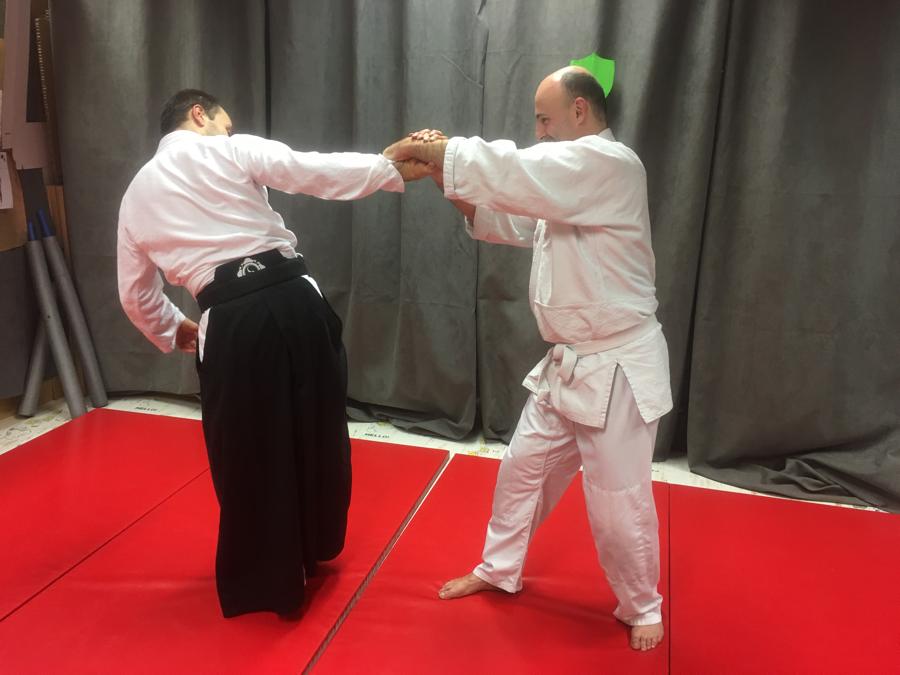
(5)Uke can now counter-attack Tori with a right foot kick, Yoko Keri (横蹴り) 
So, by releasing his right shoulder, Uke can create the situation where he can counter-attack Tori.
How to prevent Uke’s shoulder release
It is the most important timing when Tori brings down his captured left hand. While he brings down his left hand, he should add a special motion to bend Uke’s left arm (i.e., to push his elbow outside). He can realize this motion by using his freed right hand (easier option), Fig 6-9, or by controlling his captured left hand (difficult one), Fig 10-14 .
By two hands:Fig 6-9
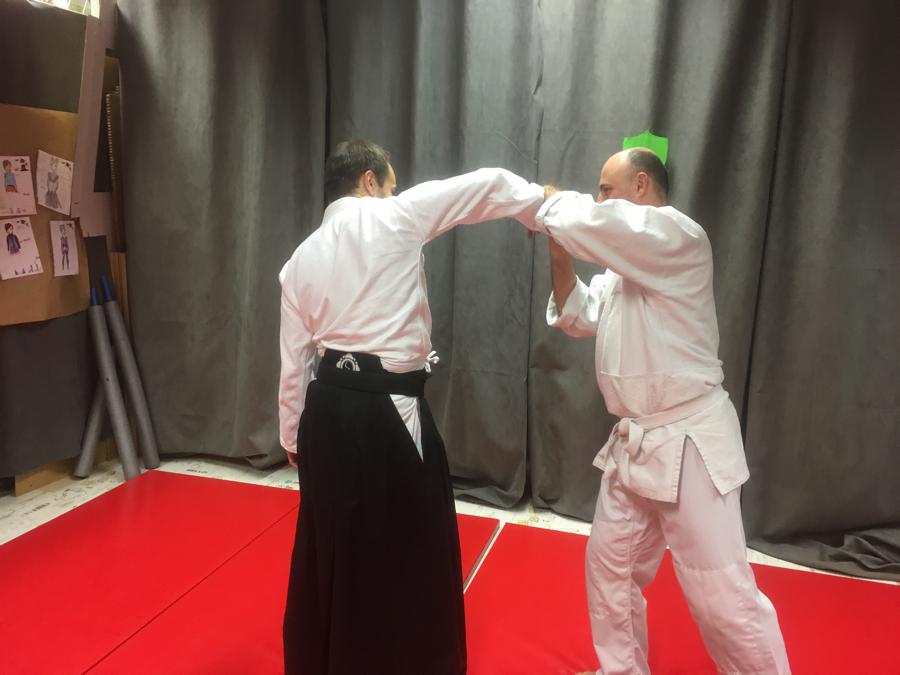
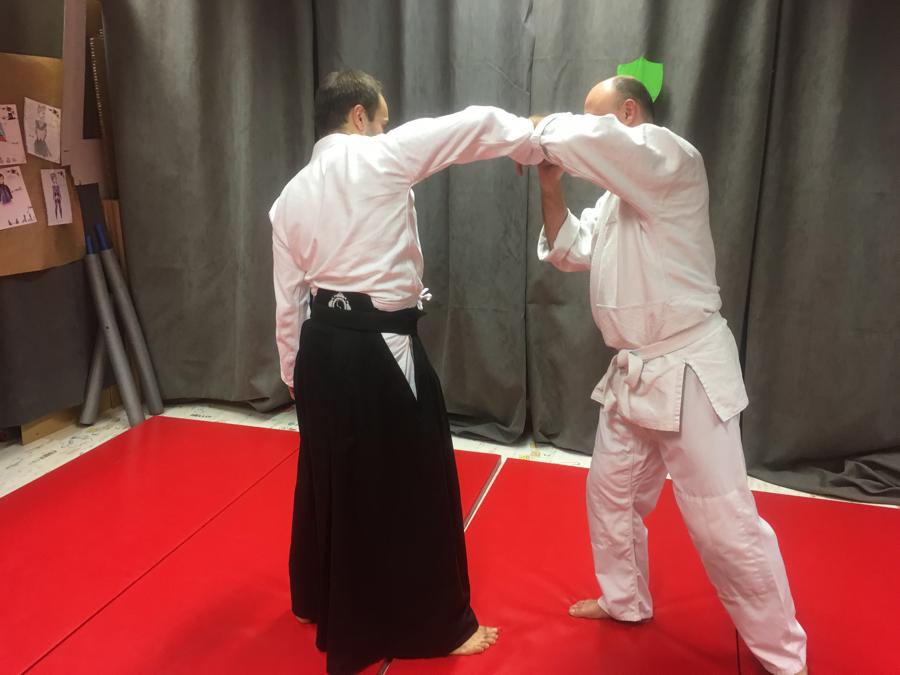
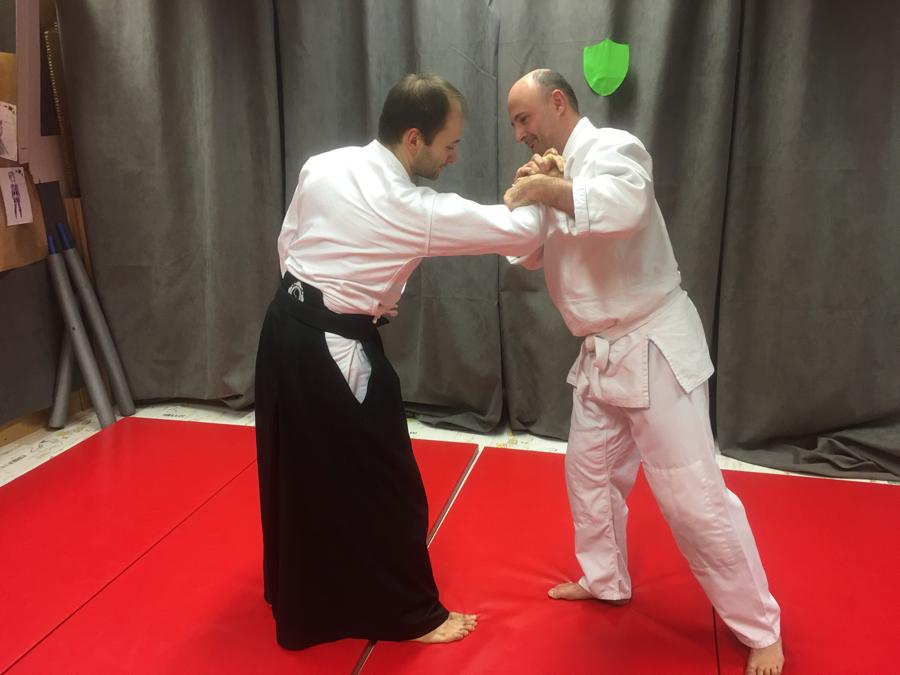
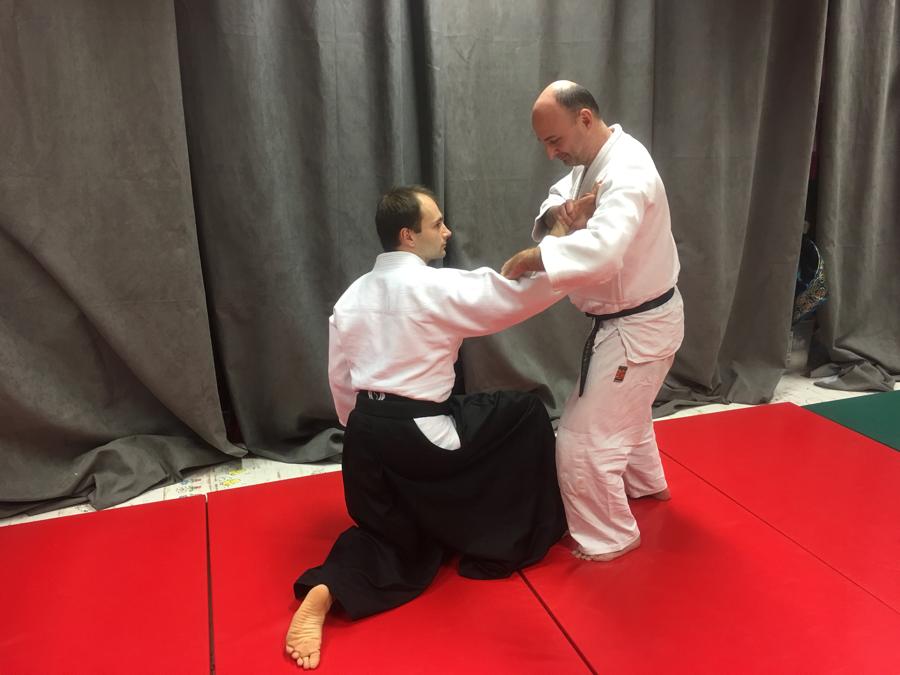
By one hand:Fig 10-14
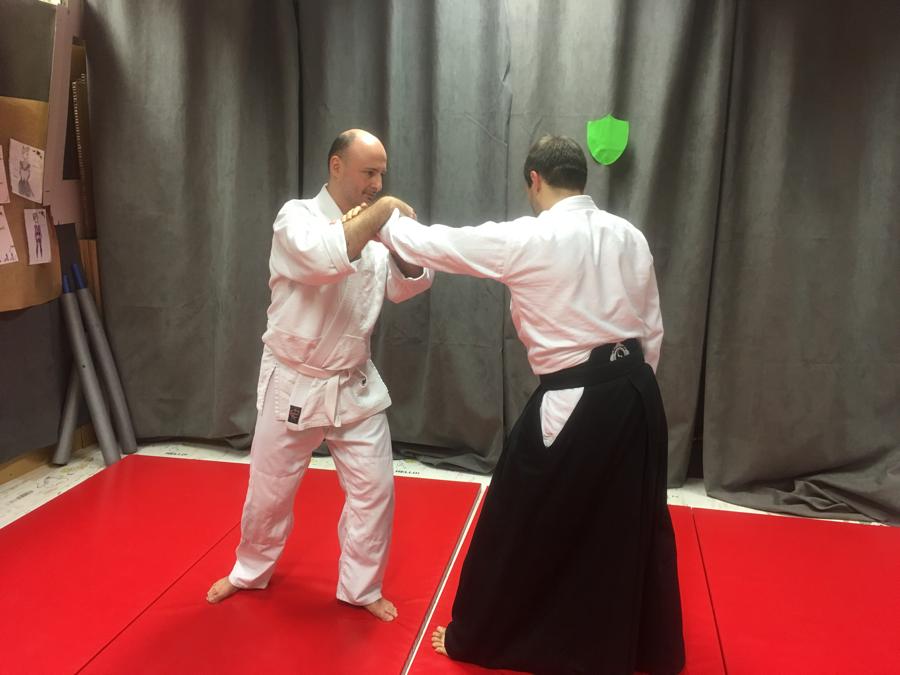
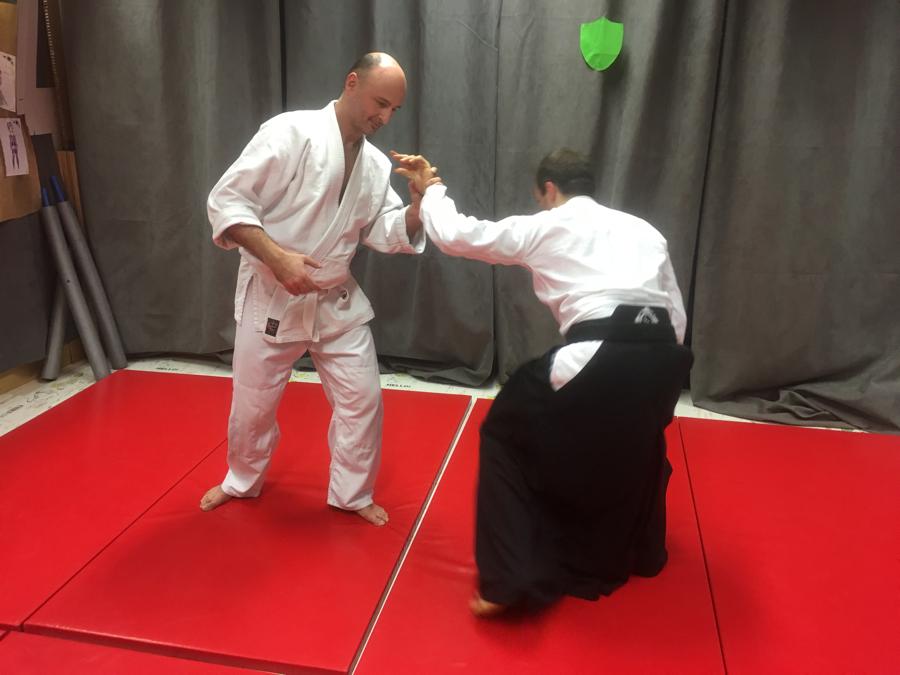
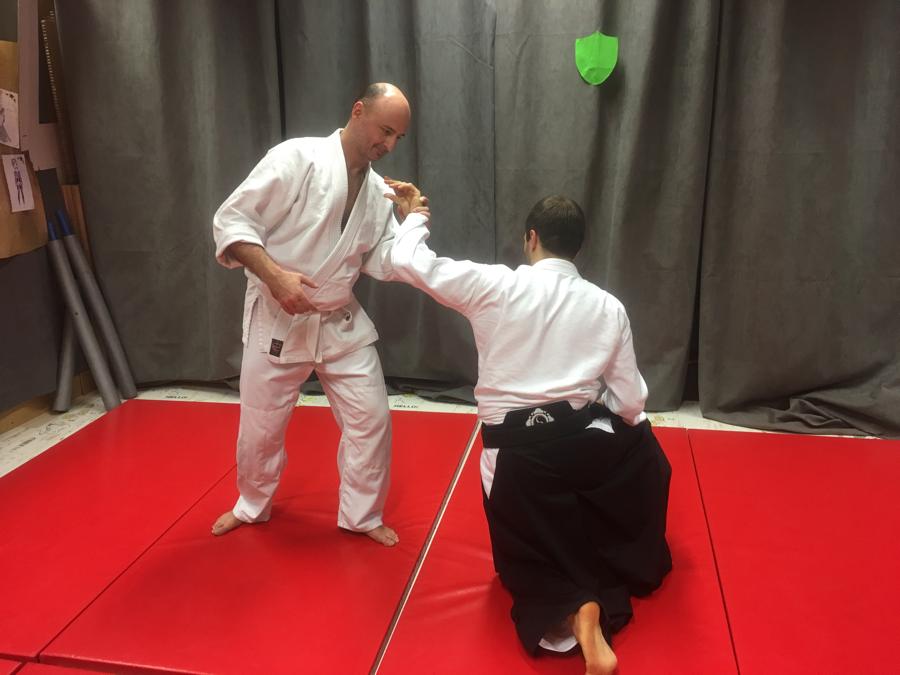
(13) from a different angle
(14) from a different angle
Acknowledgements:
English edition :
Gyakute-do Indianapolis (U.S.A.) branch Andrew Bryant sensei, representative of Shinwakan Dojo http://www.indianapolismartialartscenter.org/
Participants:
Gyakutedo Poland Warsaw : Przemisław Antczak 3rd Dan
Michał Swiderek 1st Dan
Place :
Gyakute-do Warsaw branch NAKA Dojo
Makoto KURABE – SHISEIDO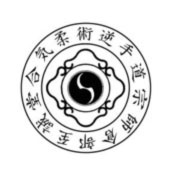
Representative, 2nd Soushi of
AIKI JUJUTSU GYAKUTE-DO
website: www.gyakutedo.org/wp
mail: apply@gyakutedo.org
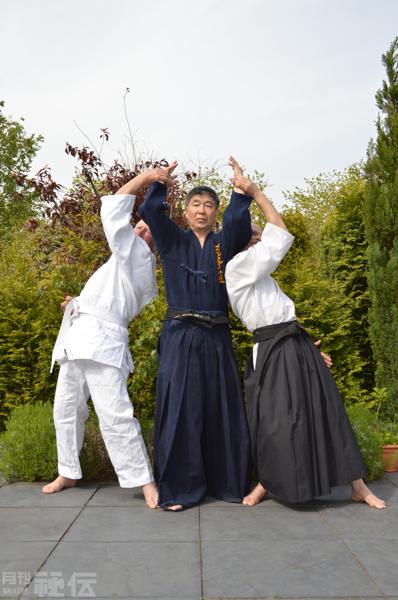 Kurabe Makoto Shiseido
Kurabe Makoto Shiseido
Born in 1950. When he was in his 30s, he began learning Gyakute-do Jujutsu, which was derived from Hakkoryu Jujutsu in the 1970s. Just before reaching the age of 40, he moved from Japan to The Netherlands and continued to master and develop Gyakute-do. In October of 2013, after adding the system of Aiki-Jutsu that he developed himself, he transformed Gyakute-do into Aiki-Jujutsu Gyakute-do, and became 2nd Soushi, grand master, of Gyakute-do. After retirement, he left The Netherlands and began promoting Aiki-Jujutsu Gyakute-do both in Japan and in Poland as his main pursuit. He is also teaching his Gyakute-do to Budo fan in the world via corresponding course.
At the starting of AIKI Web Course
Cooperating with BAB Japan Co., Ltd., hereby I start AIKI Web Course in order to realize my long-standing desire to let as many as martial arts fans all over the world have the correct knowledge of AIKI and learn how to practice AIKI.
This course consists of
Part 1 as introductory articles, I explain a wide range of knowledge about what AIKI is, which contains 6 lessons.
Part 2 as main articles, for beginners/intermediate level, I explain how to practice AIKI to master. It contains 24 lessons.
The each lessons will be uploaded on BudoJapan website one by one every week.
I hope as many people as possible will be interested in AIKI and become able to practice it by following this course.
AIKI Web Course 25 Lessons
-
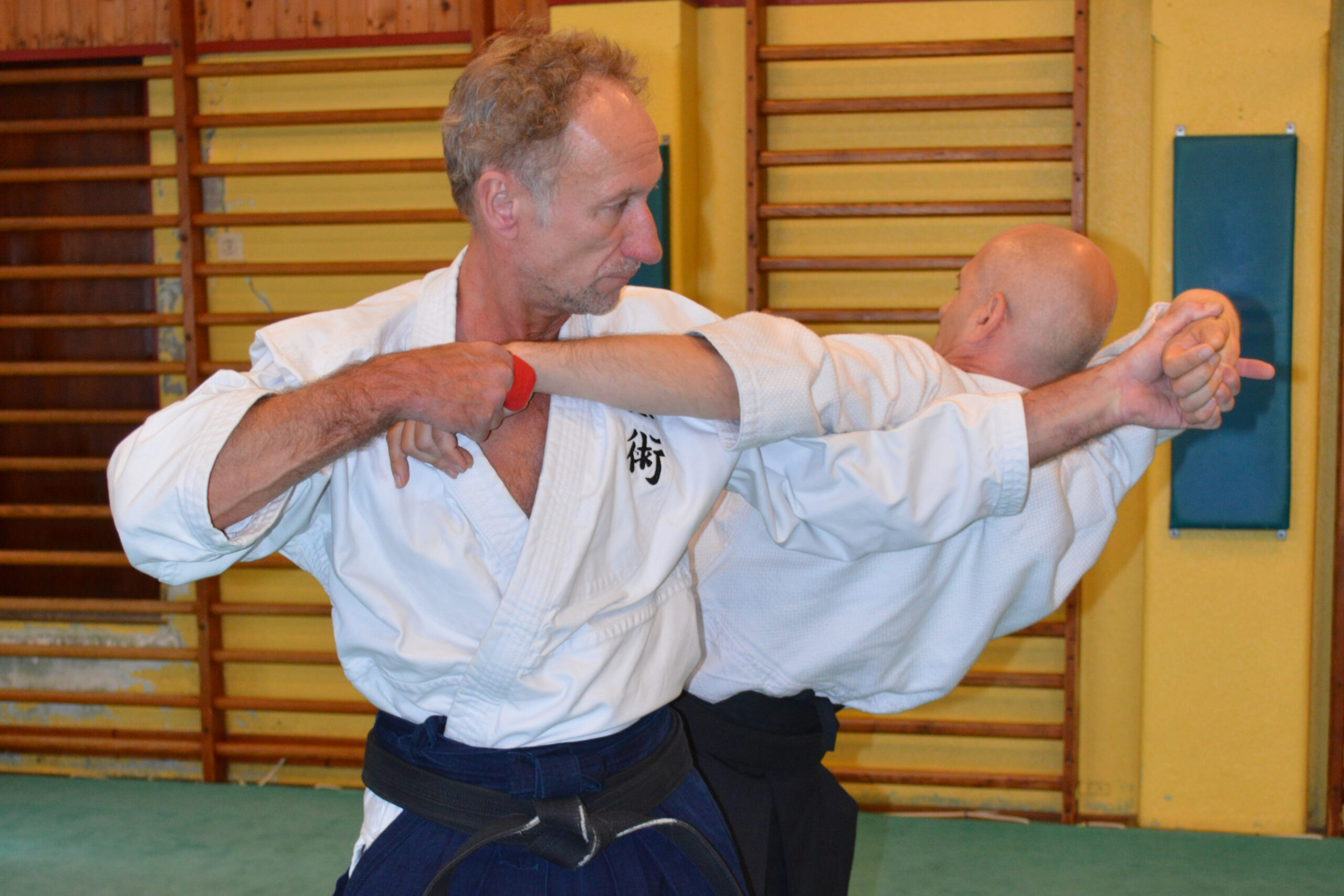
【AIKI JUJUTSU GYAKUTE-DO Series No.5】How you can learn Jujutsu properly
-
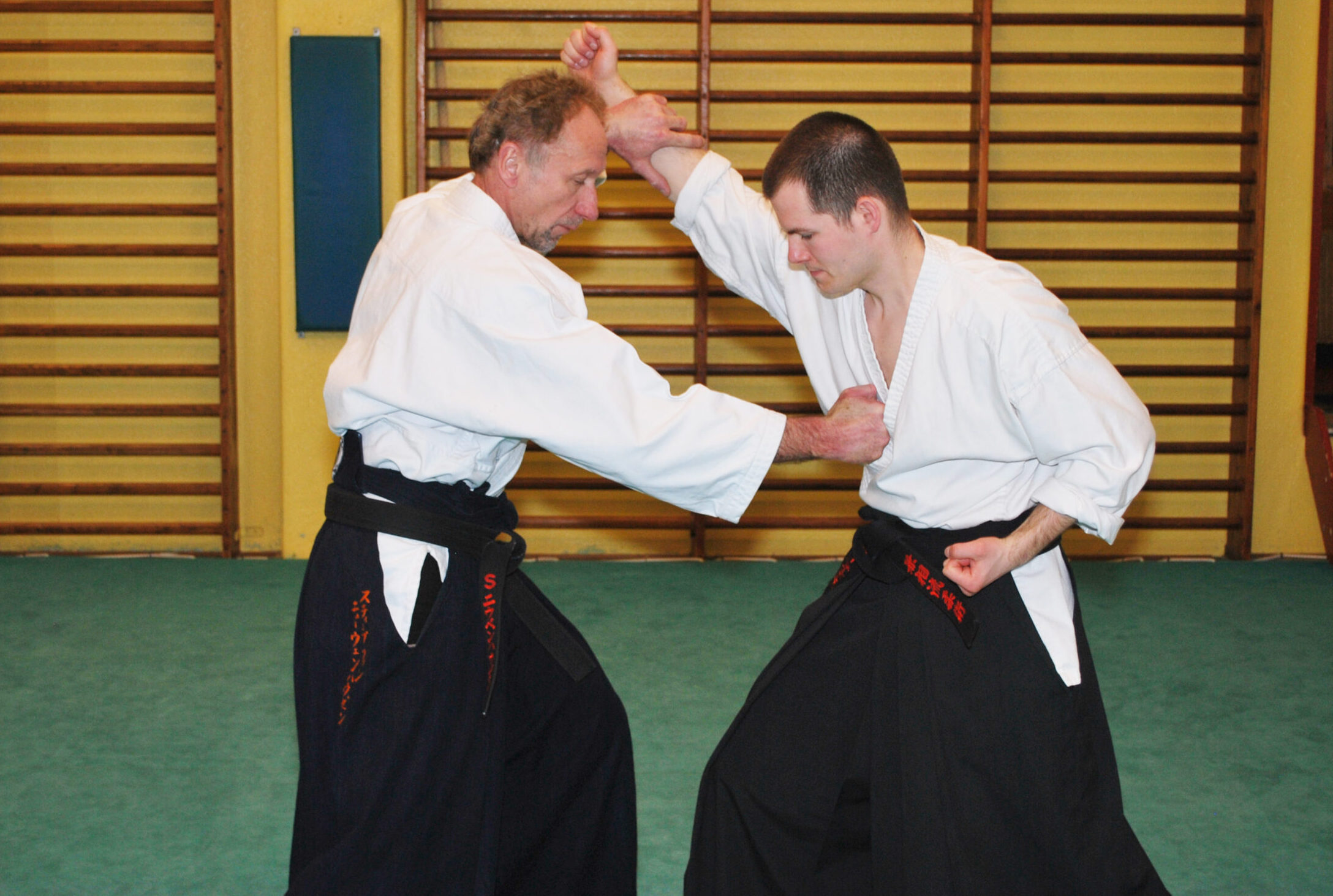
【AIKI JUJUTSU GYAKUTE-DO Series No.4】DAKEN-HO Hit and Kick KATA and AIKI
-
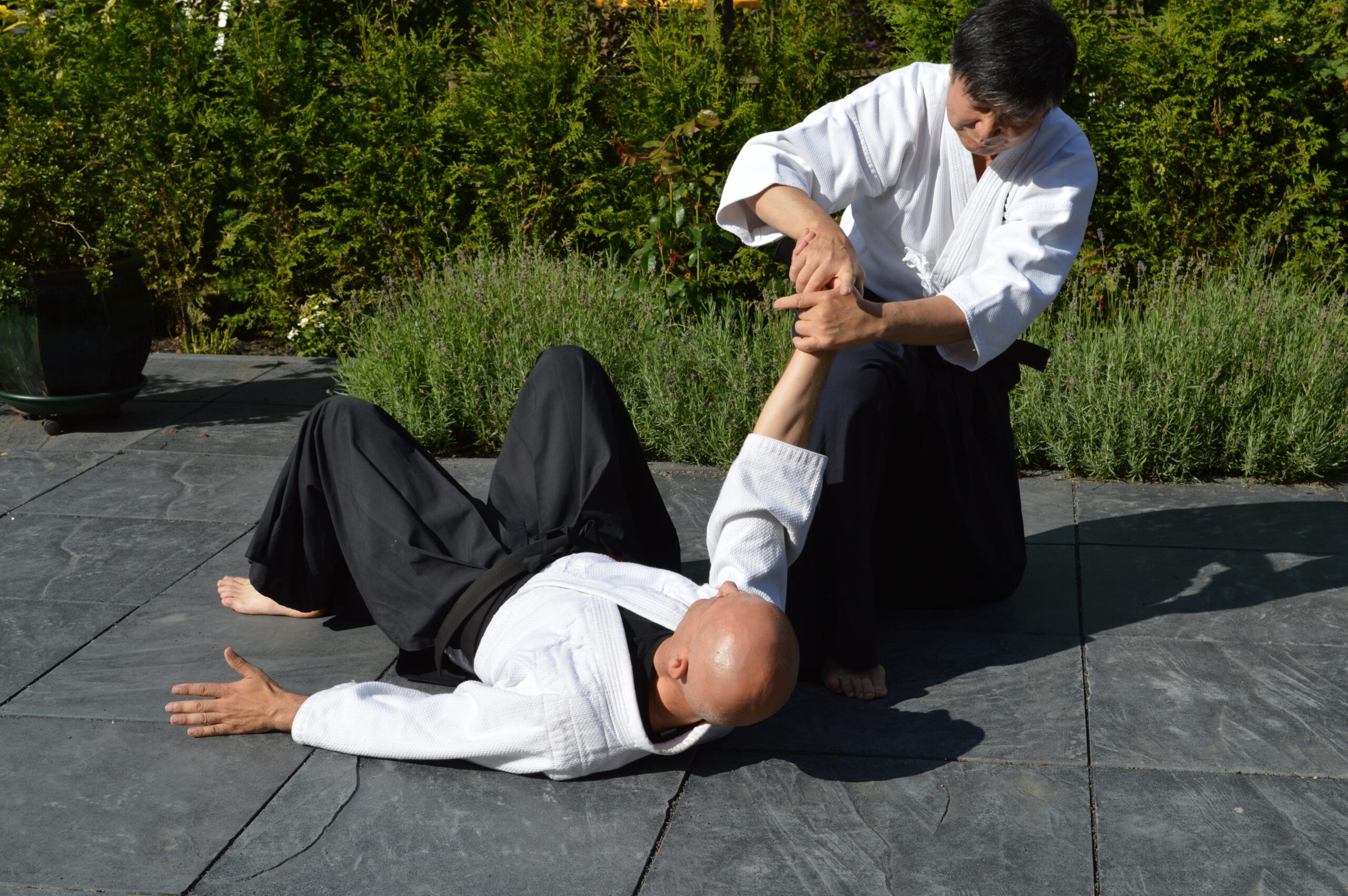
【AIKI JUJUTSU GYAKUTE-DO Series No.3】JUJUTSU WAZA, digest of FUDO
-
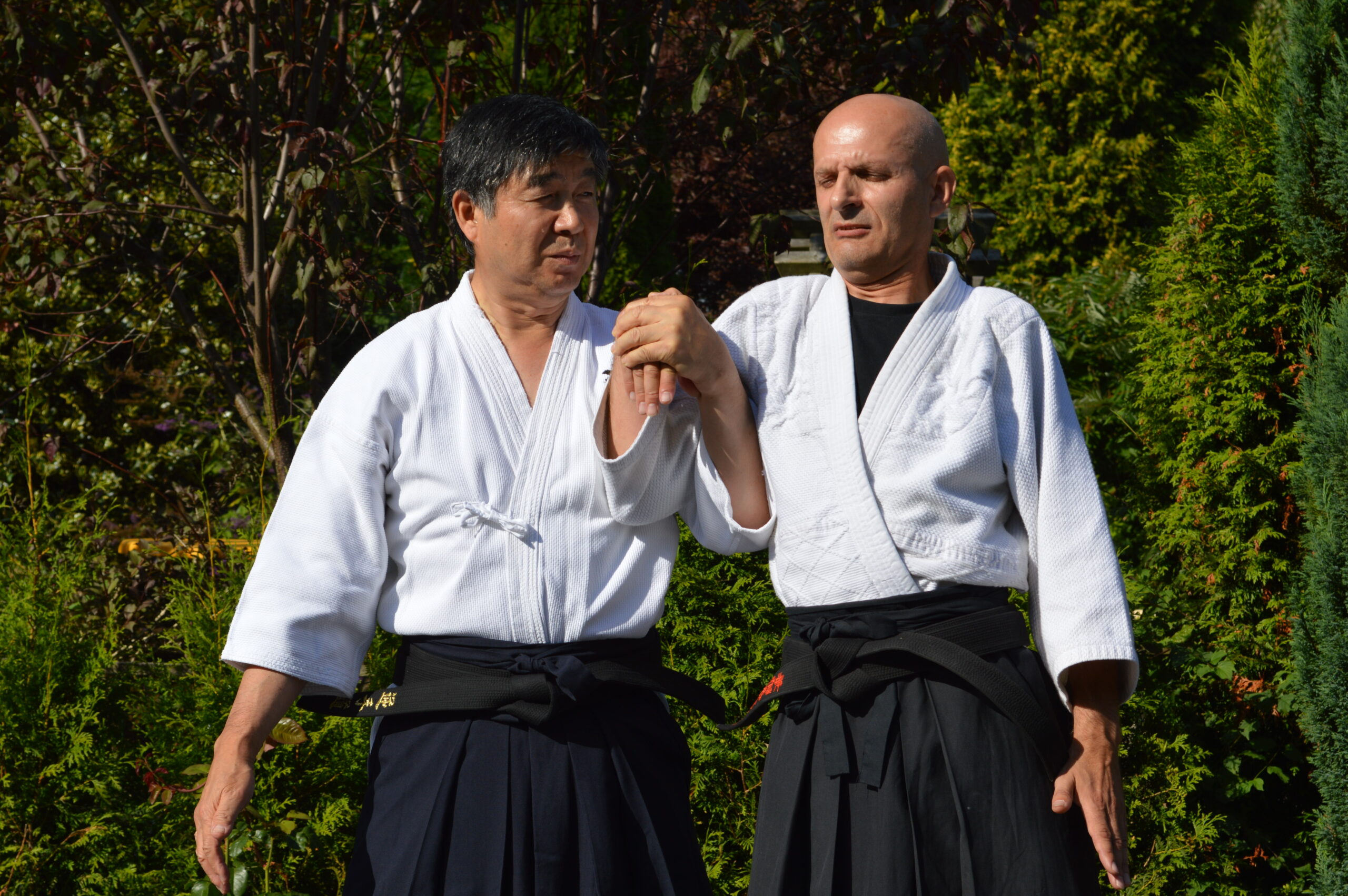
【AIKI JUJUTSU GYAKUTE-DO Series No.2】JUJUTSU WAZA, digest of NUKI, RENKO and NAGE
-
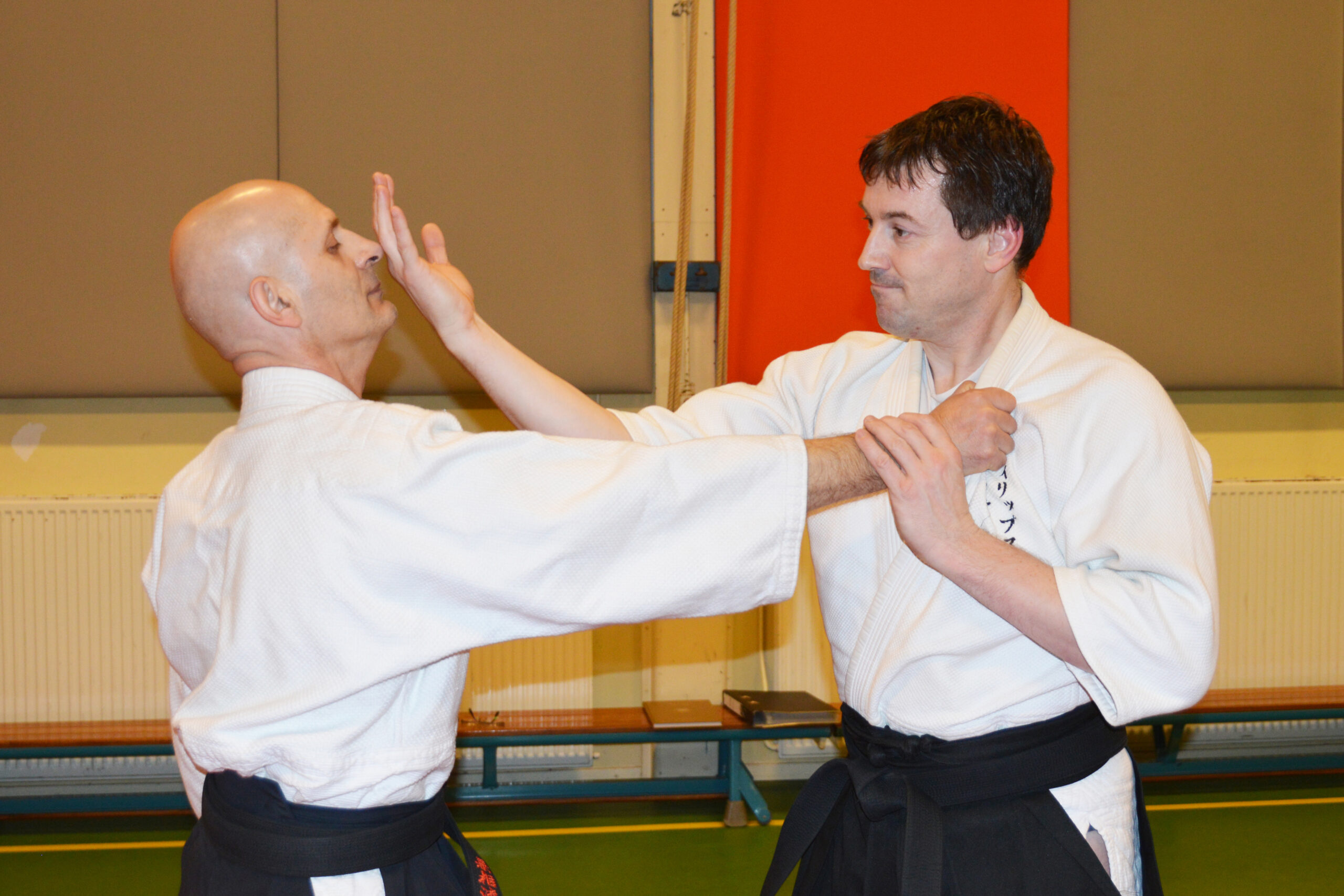
【AIKI JUJUTSU GYAKUTE-DO Series No.1】About GYAKUTE-DO and the digest of its basic techniques
-
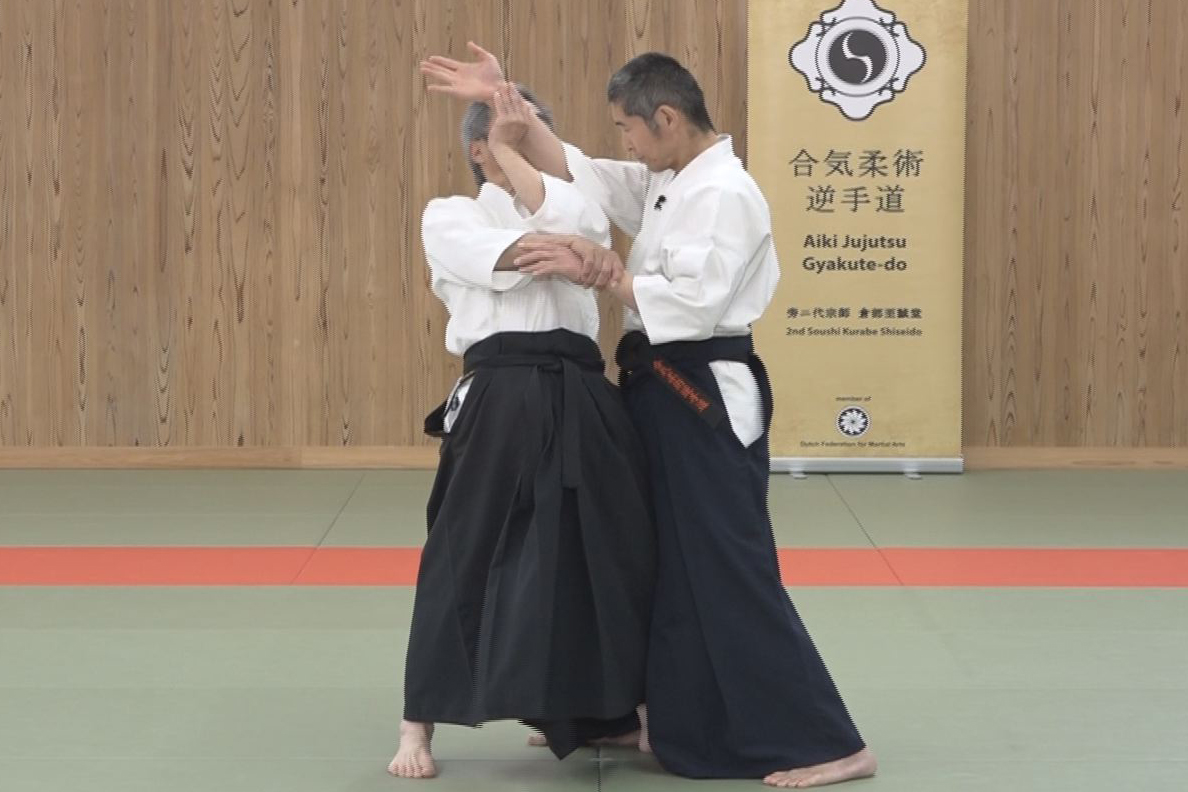
【AIKI Web Course Part 2】Lesson 24 With Comb. of Different Methods #2
-
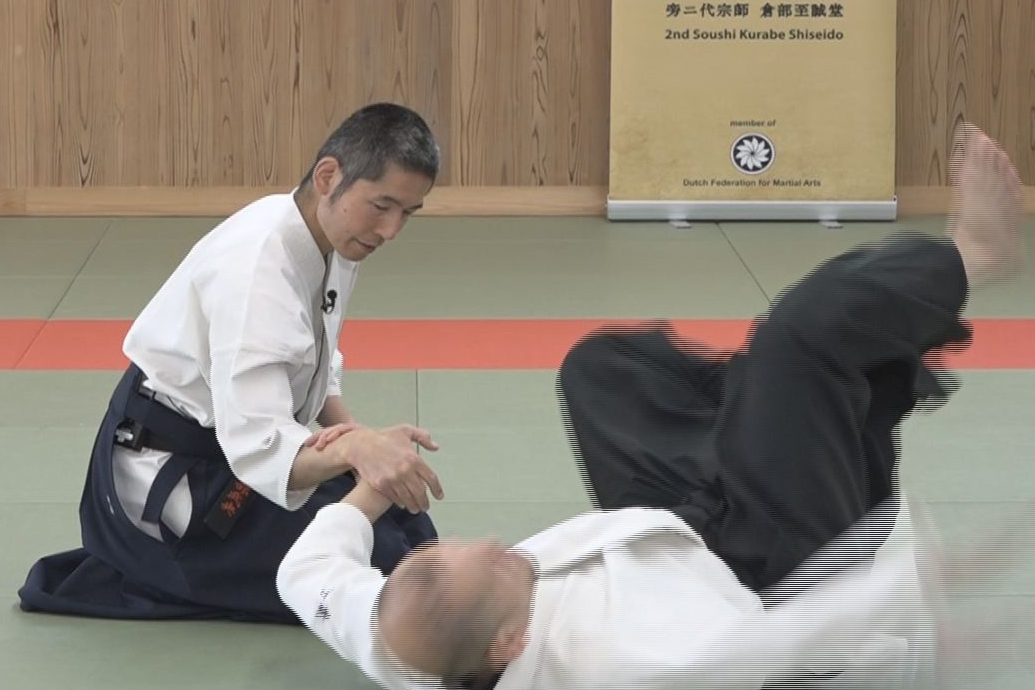
【AIKI Web Course Part 2】Lesson 23 With Comb. of Different Methods #1
-

【AIKI Web Course Part 2】Lesson 22 Advanced Tech. using F. E. method #2
-

【AIKI Web Course Part 2】Lesson 21 Advanced Tech. using F. E. method #1
-
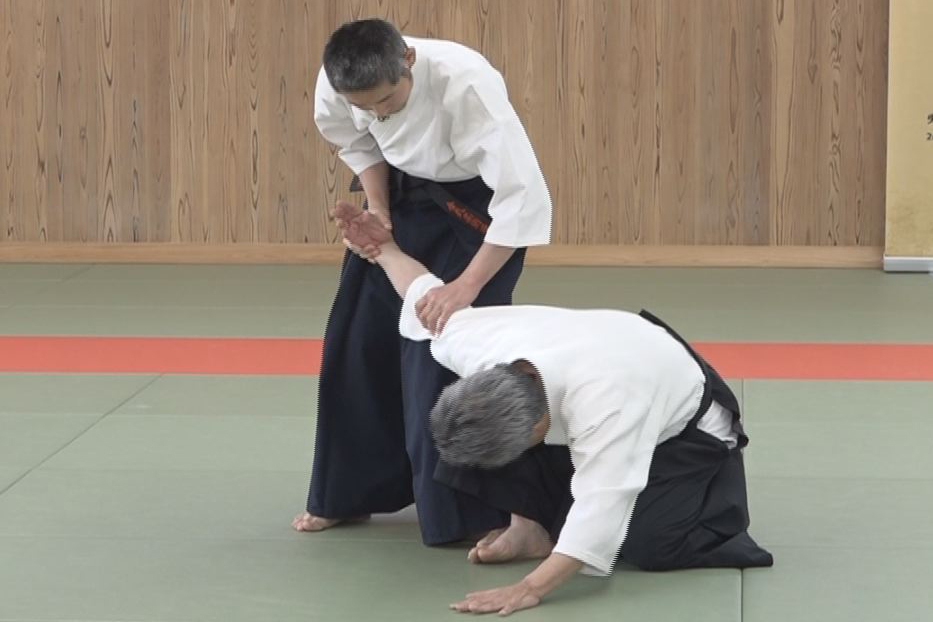
【AIKI Web Course Part 2】Lesson 20 Advanced tech. using T. F. T. #2
-
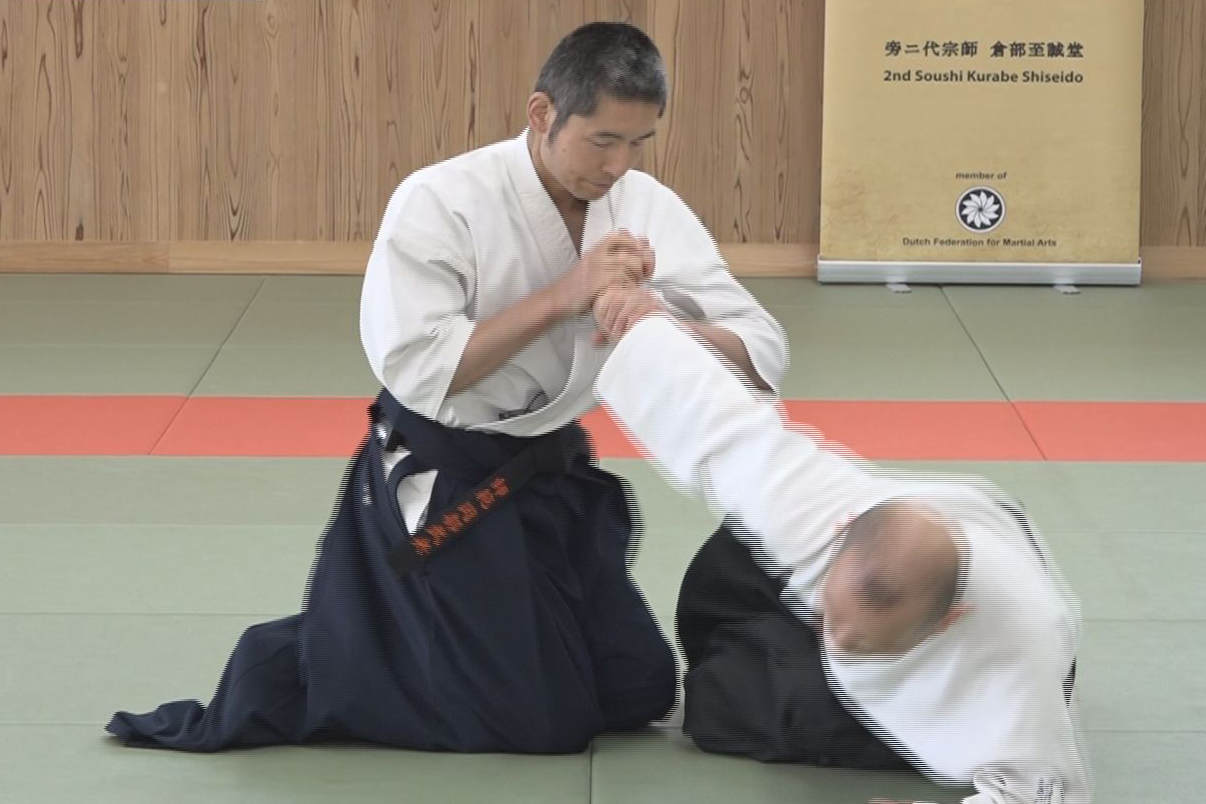
【AIKI Web Course Part 2】Lesson 19 Advanced tech. using T. F. T. #1
-
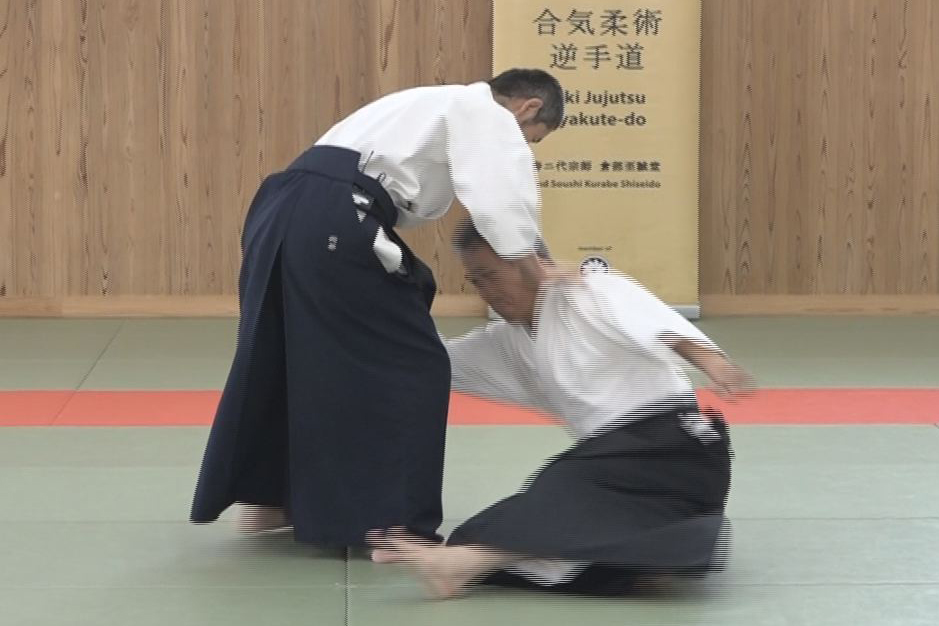
【AIKI Web Course Part 2】Lesson 18 Advanced tech. using AIKI Contact #2
-
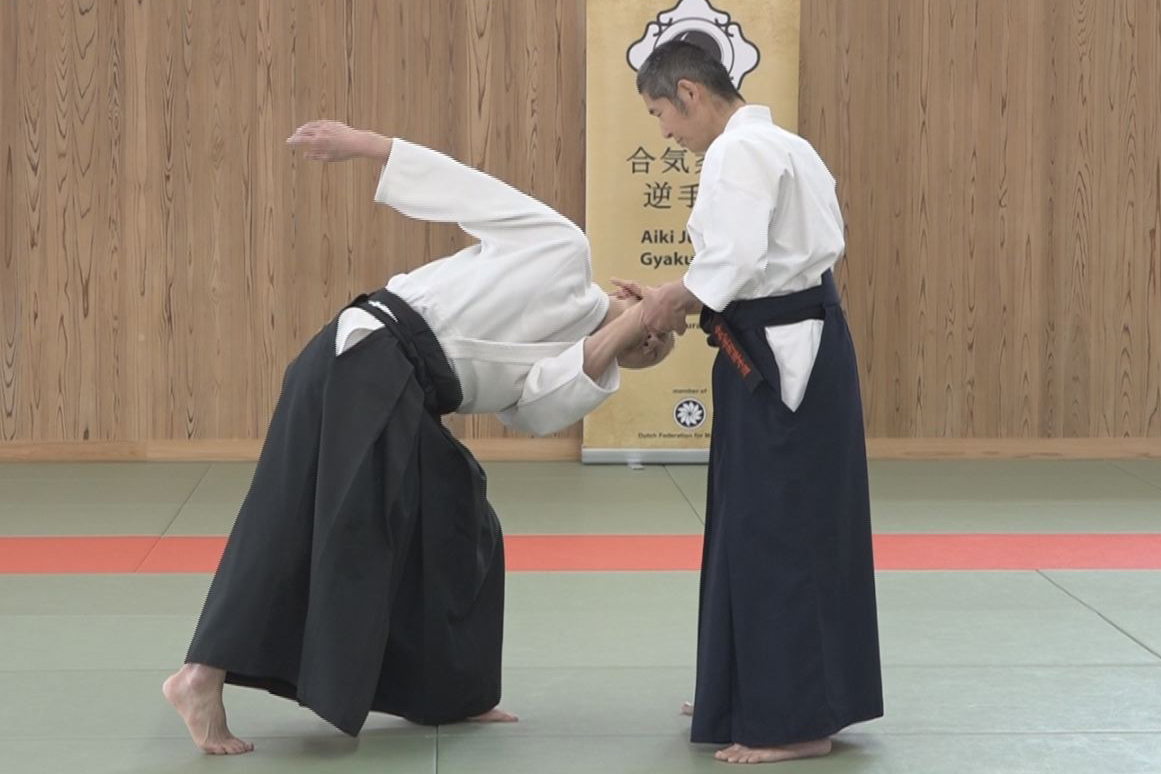
【AIKI Web Course Part 2】Lesson 17 Advanced tech. using AIKI Contact #1
-
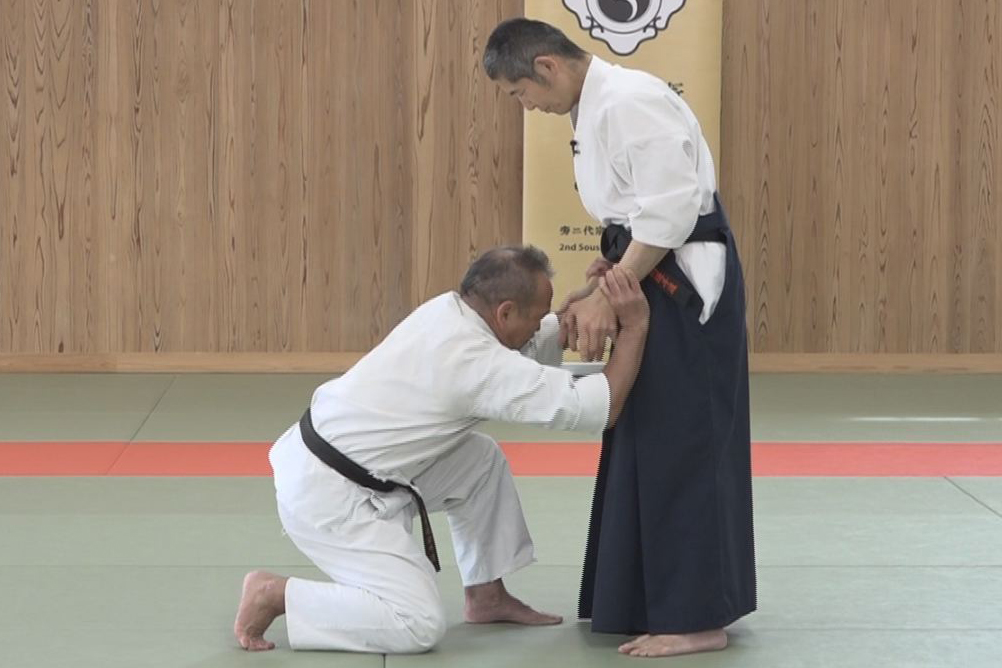
【AIKI Web Course Part 2】Lesson 16 Advanced tech. by Undetectable F.T. #2
-
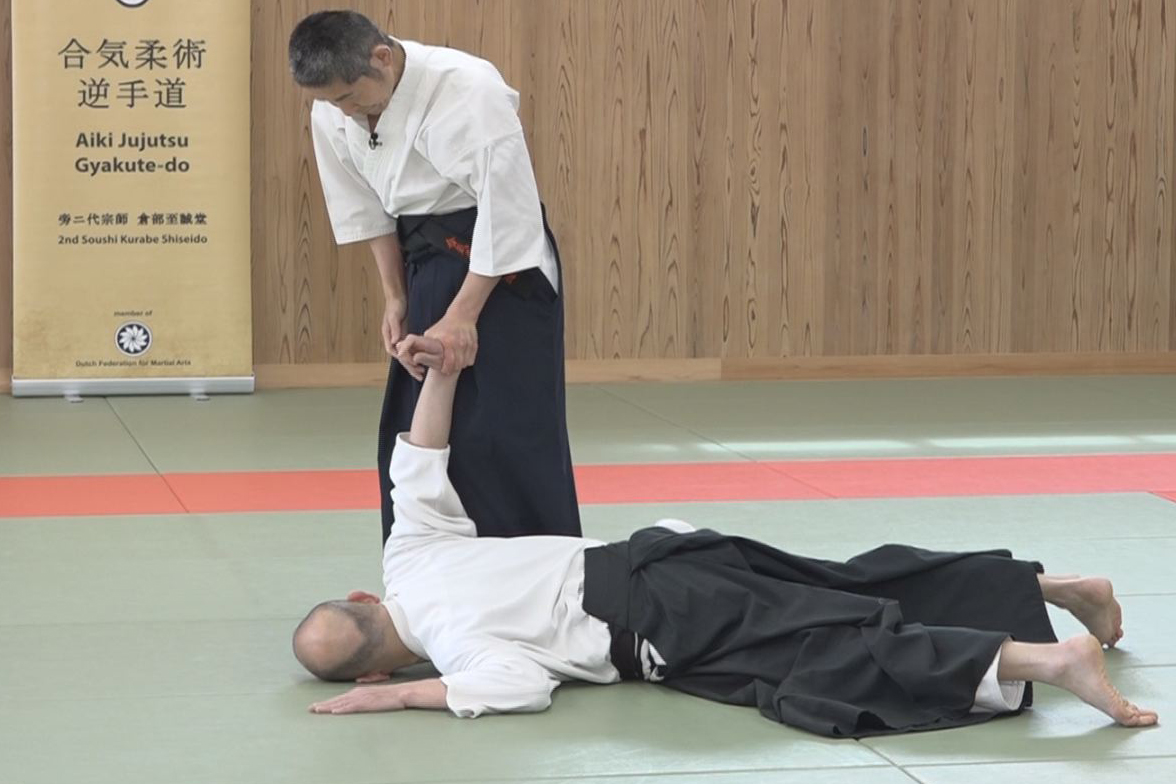
【AIKI Web Course Part 2】Lesson 15 – Advanced tech. by Undetectable F. T. #1
-
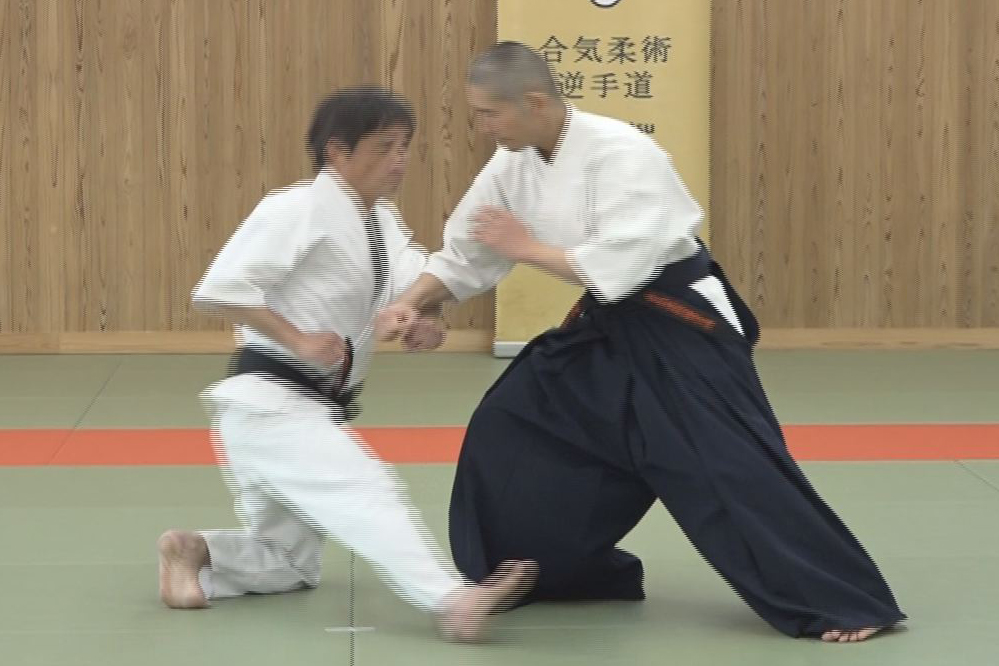
【AIKI Web Course Part 2】Lesson 14 – Advanced tech. by the Waving method #2
-
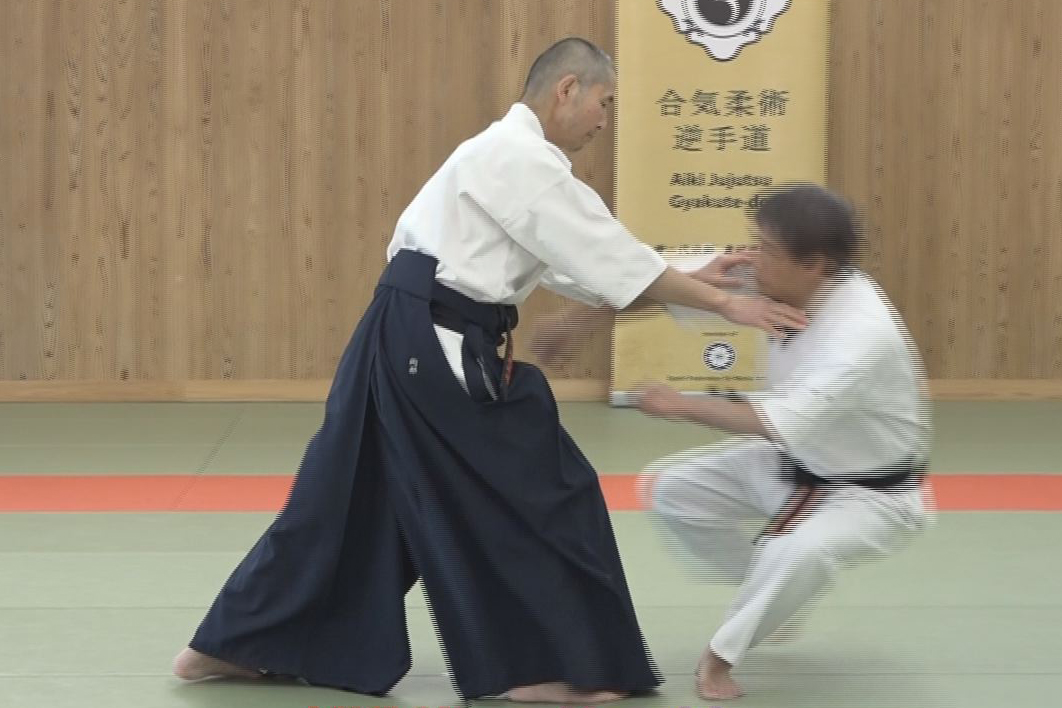
【AIKI Web Course Part 2】Lesson 13 – Advanced tech. by the Waving method #1
-
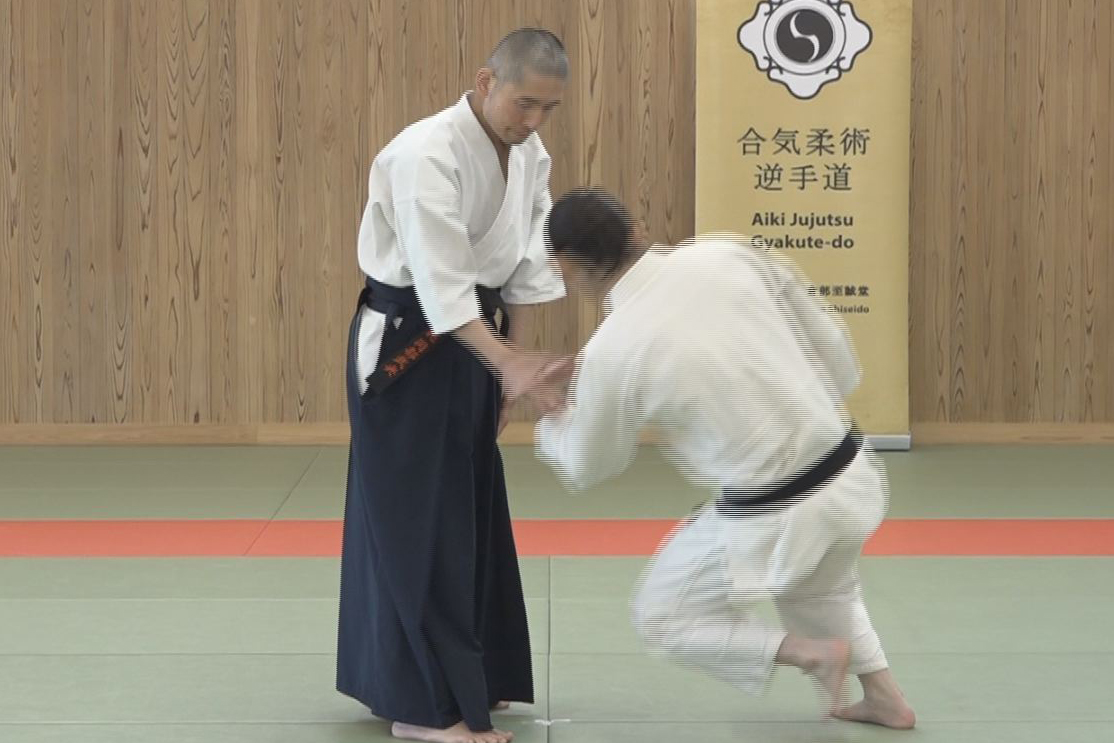
【AIKI Web Course Part 2】Lesson 12 – Gyaku-te by not Using Force nor AIKI
-
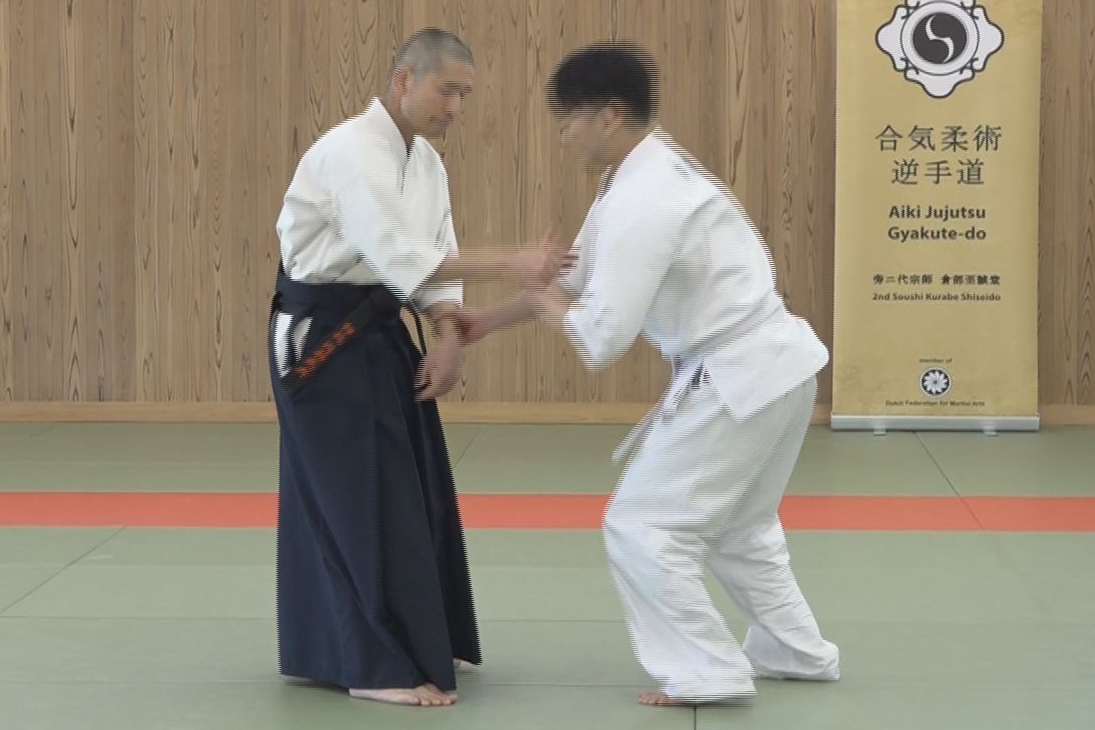
【AIKI Web Course Part 2】Lesson 11 – Gyaku-te Realized by the AIKI Method
-
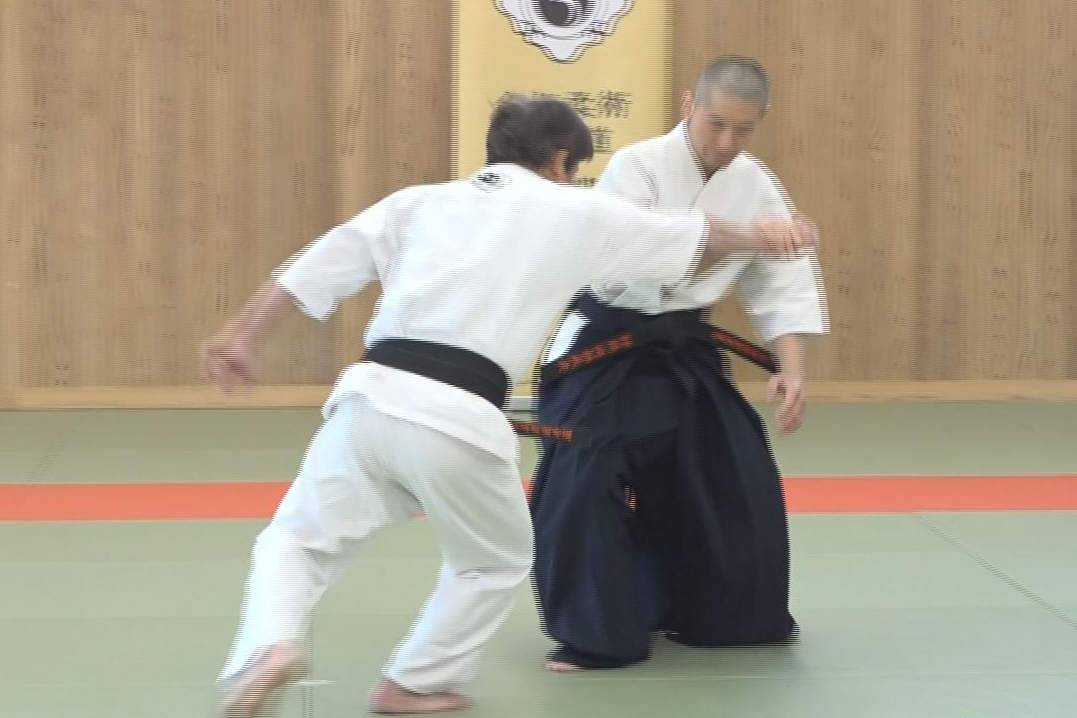
【AIKI Web Course Part 2】Lesson 10 – Application of Force Equilibrium method
-
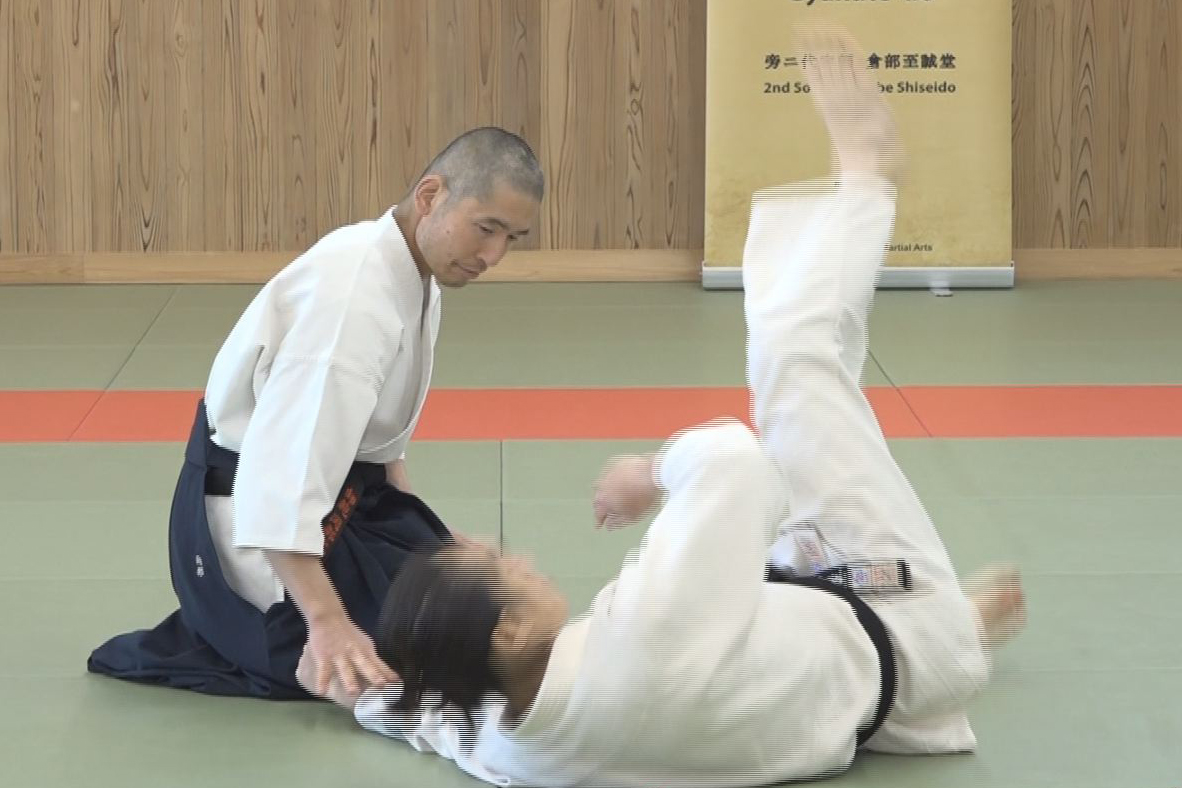
【AIKI Web Course Part 2】Lesson 9 – Force Equilibrium
-
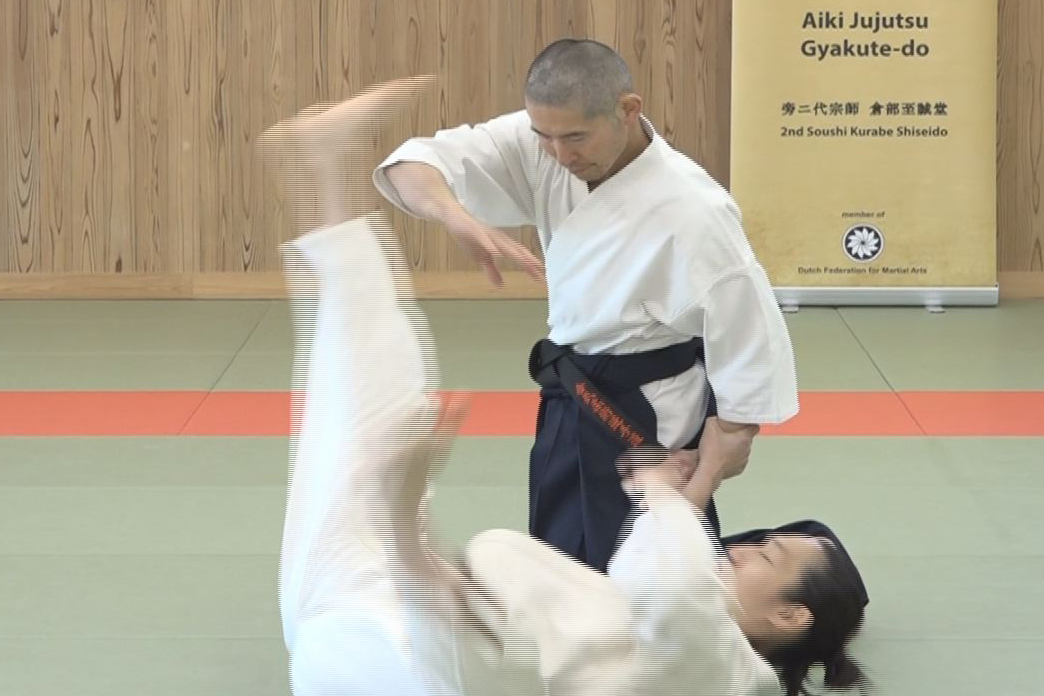
【AIKI Web Course Part 2】Lesson 8 – Application of Targeted Force Transfer
-
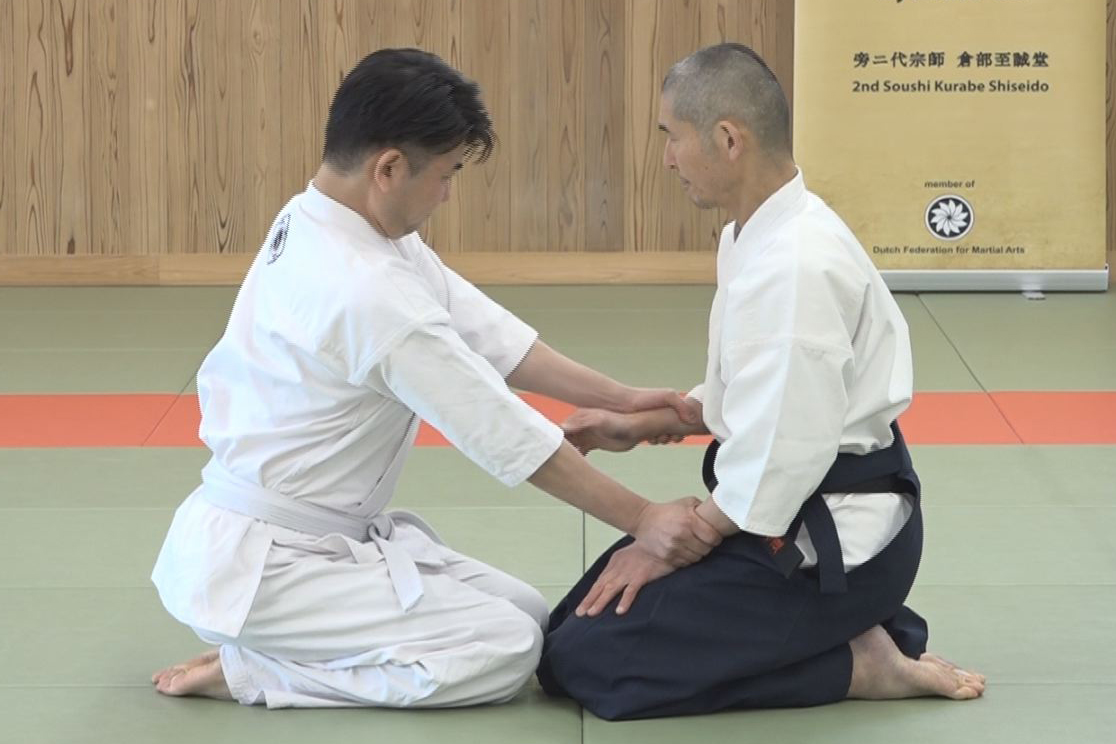
【AIKI Web Course Part 2】Lesson 7 – Targeted Force Transfer
-
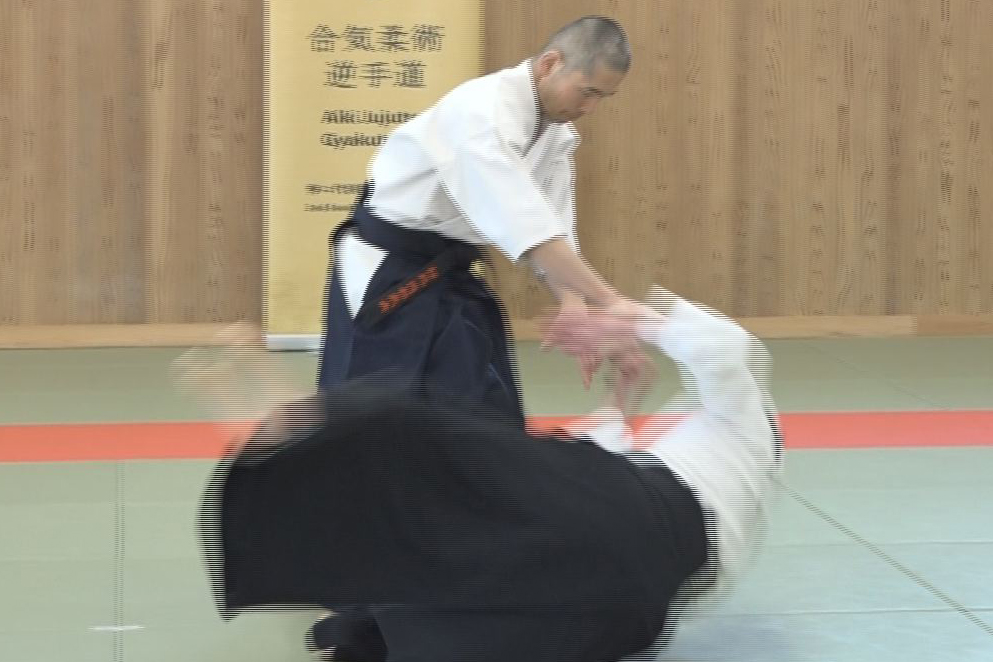
【AIKI Web Course Part 2】Lesson 6 – Application of AIKI Connection
-
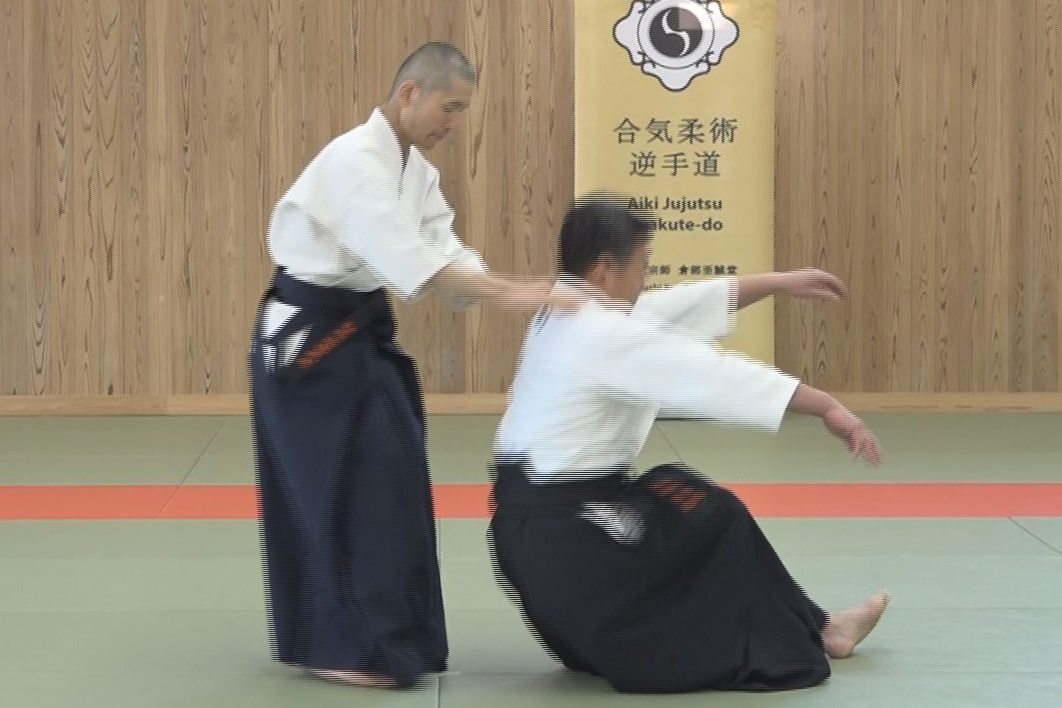
【AIKI Web Course Part 2】Lesson 5 – AIKI Connection
-
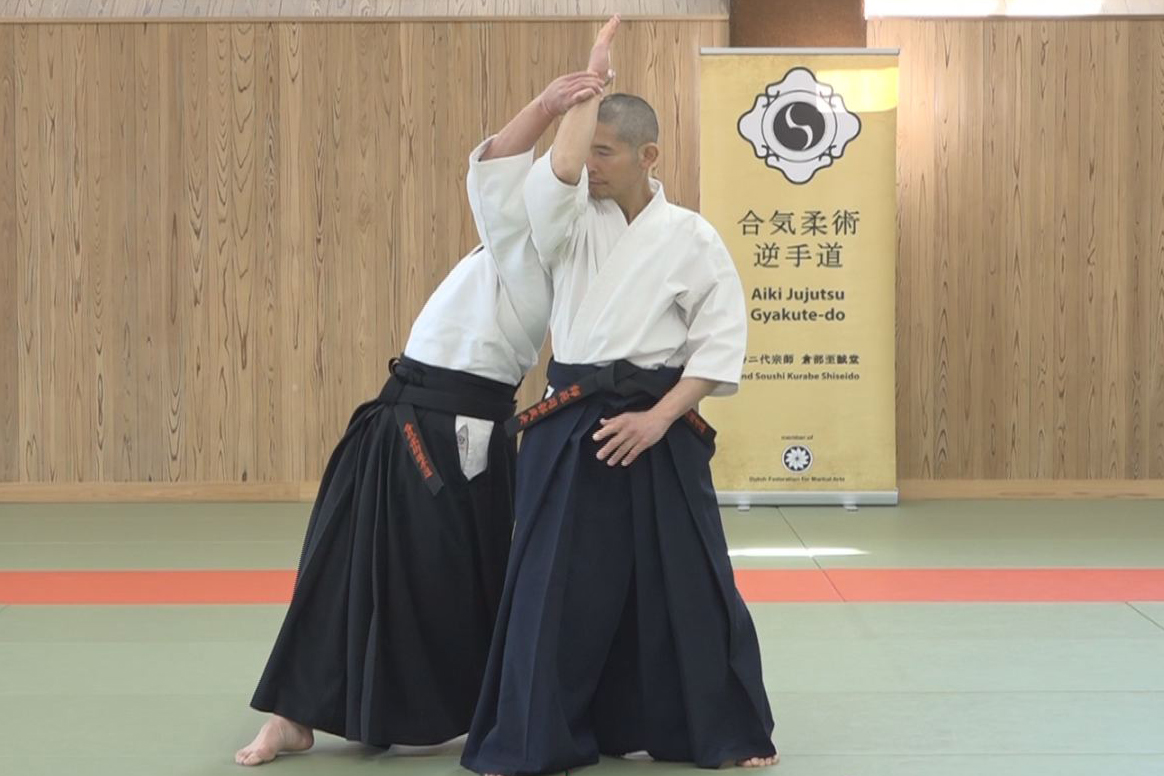
【AIKI Web Course Part 2】Lesson 4 – Application of Nondetectable Force Transfer
-
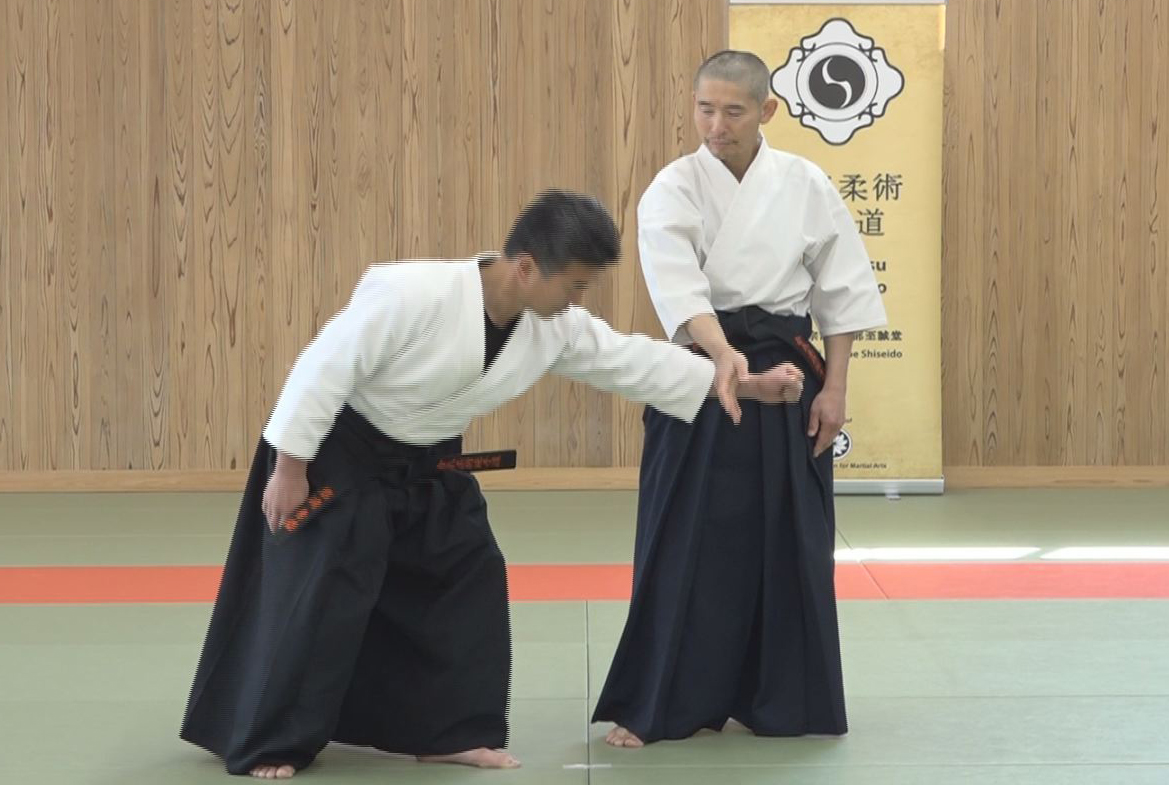
【AIKI Web Course Part 2】Lesson 3 – Explanation of Undetectable Force Transfer
-
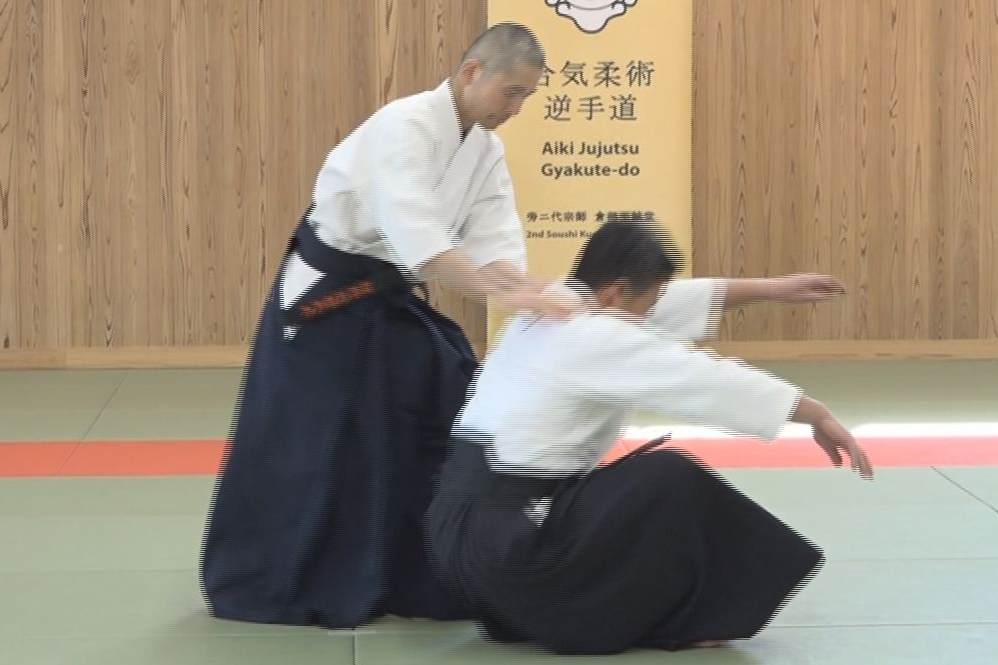
【AIKI Web Course Part 2】Lesson 2 – Application of Waving Method
-
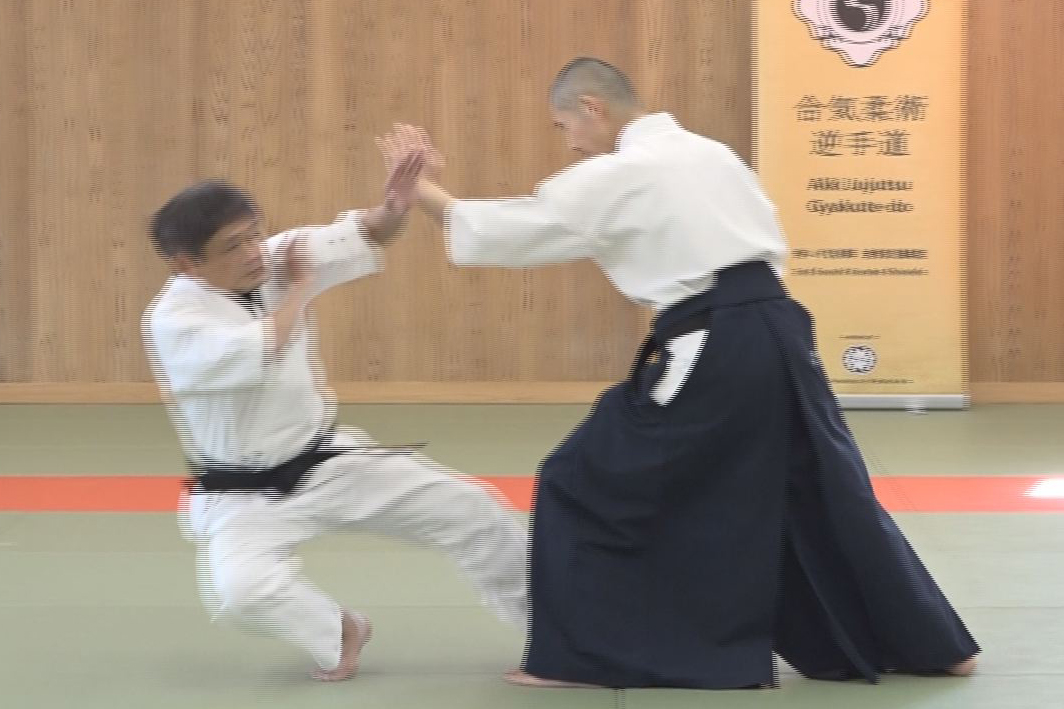
【AIKI Web Course Part 2】Lesson 1 – The Explanation of Waving Method
-
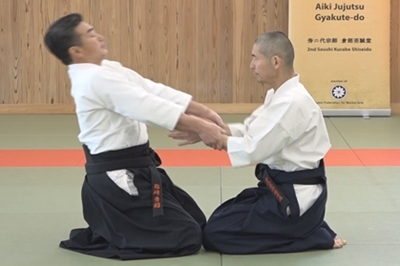
【AIKI Web Course Part 2】Introduction with video


